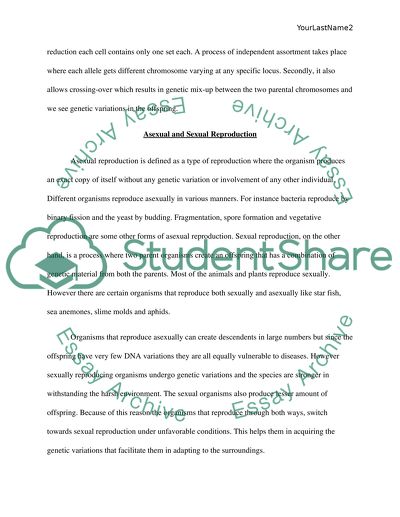Cite this document
(“Meiosis; Asexual and Sexual Reproduction; History of Genetics; Assignment”, n.d.)
Retrieved from https://studentshare.org/biology/1440265-meiosis-asexual-and-sexual-reproduction-history-of-genetics
Retrieved from https://studentshare.org/biology/1440265-meiosis-asexual-and-sexual-reproduction-history-of-genetics
(Meiosis; Asexual and Sexual Reproduction; History of Genetics; Assignment)
https://studentshare.org/biology/1440265-meiosis-asexual-and-sexual-reproduction-history-of-genetics.
https://studentshare.org/biology/1440265-meiosis-asexual-and-sexual-reproduction-history-of-genetics.
“Meiosis; Asexual and Sexual Reproduction; History of Genetics; Assignment”, n.d. https://studentshare.org/biology/1440265-meiosis-asexual-and-sexual-reproduction-history-of-genetics.


